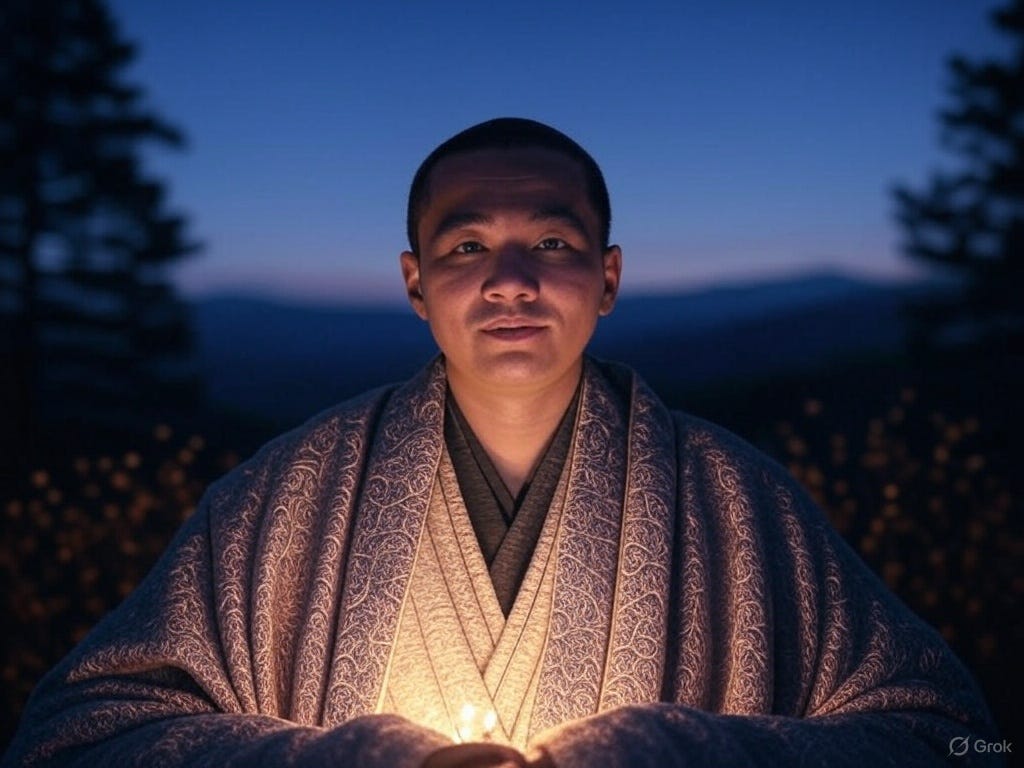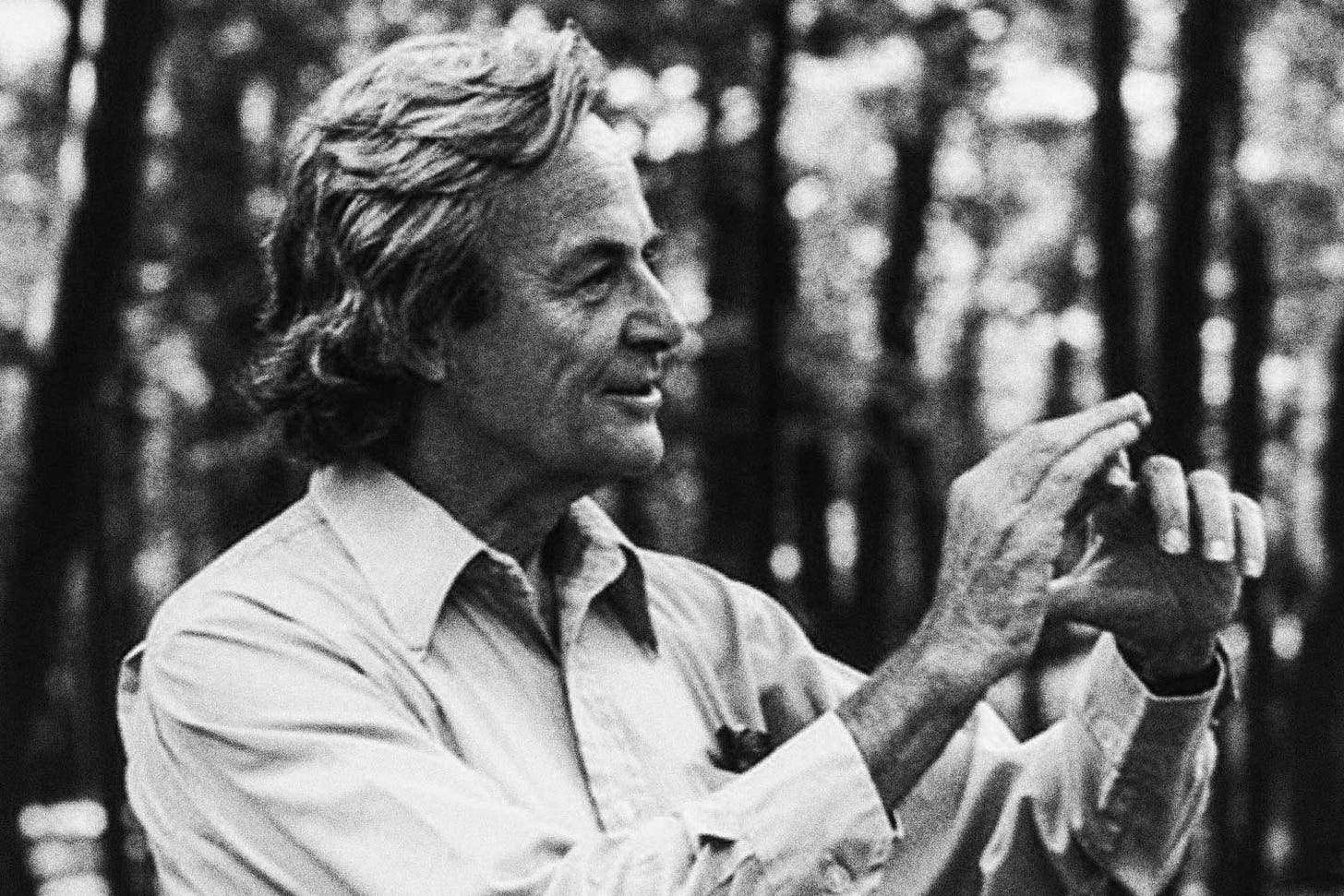The Mystic Inside Us All
How paradox may be the only true reality
I recently returned from a mini-conference called Expand! Awaken Your Inner Mystic in San Rafael, California. It was an event created by the publisher of the Common Sentience book series. A group of authors gathered—people who had written on shamanism, animal spirits, nature spirits, spirit guides, mediumship, and the Akashic Records. What they all shared was an extraordinary connection with something unseen. They spoke, with passion and conviction, about a fundamental oneness at the core of reality. More importantly, they insisted that these connections are available to all of us.
This is good news.
Mystics have existed for thousands of years, but historically, they’ve been rare and often marginalized—especially within the religious traditions they emerged from. Many were ostracized, persecuted, or simply misunderstood. And while the mystics I met at the conference may still be sidelined by mainstream society, the marginalization feels less severe today. Religion no longer holds total sway over what is considered “real” when it comes to the divine. And science, too, is beginning to loosen its materialist grip on our understanding of the world. There’s reason to believe that quantum physics, with all its strange implications, has helped soften that boundary. After all, the quantum realm seems almost mystical by definition.
Of course, many staunch materialists still scoff at the idea that quantum physics has anything to say about consciousness or connection. But regardless of where you stand, here’s what we can say: physics, as it currently stands, allows for mystical experience. And that matters. Because our beliefs about what’s possible often shape whether we’re open to experiencing it.
The philosophy of quantum mechanics
Image: Richard Feynman, slate.com
When I was in graduate school in analytic philosophy, I studied the philosophy of quantum mechanics—and it blew my mind. It was all so impossible, contradictory, paradoxical. I remember reading Richard Feynman, Nobel Prize-winning physicist in quantum electrodynamics, who said:
"I think I can safely say that nobody really understands quantum mechanics."
How can we “understand” particles behaving like waves? Or quantum entanglement, where two particles appear to affect each other instantly across vast distances? Or the way observation seems to bring a reality into being from a field of probabilities—from, quite literally, no-thing. Some things defy rational explanation. Some things require awe. Some are truly paradoxical.
So what do we do when a contemporary mystic shares something about reality that we can’t quite grasp? In a strange way, we’re in a better position to assess those claims than we are with some of the most confounding aspects of quantum mechanics. Why? Because mystical phenomena are often experiential. I know this firsthand. I’ve had experiences with mediumship, psychic perception, spirit animals, and channeled information.
One of the most powerful mystical experiences I’ve ever had happened in 2019, not long after my dear friend passed away. I had attended a four-day event called the Science and Nonduality Conference. I was still in the early stages of grief, but something pulled me there. The days were full of meditation and talks—Rupert Spira, a beloved non-duality teacher, led some of them—and for the first time, I had a mediumship reading. My friend came through so clearly, so unmistakably, that I was left in tears and wonder. My heart knew he was with me.
Weird White Dogs
Driving home the next day at dawn, alone on a long stretch of Highway 5, I passed orchard after orchard in the morning light. The road was empty. And then I saw them. Two enormous white dogs walking side by side on the shoulder of the highway. They were magnificent—flowing white fur, huge, serene, almost glowing in the golden light. They moved together in perfect rhythm, unbothered by the world around them. I slowed down, transfixed. Something in me knew this was not an ordinary moment.
I called my partner at the time. “It was the weirdest thing,” I said. “They were just… walking. Like they were on a mission.” It wasn’t until hours later, after I got home and looked up whether any dogs actually grow that large, that I realized—there aren’t any that match what I saw. Not that size. Not that presence. They weren’t dogs at all, at least not in any ordinary sense. They were something else. That moment changed me. It opened something in me that had been closed for too long.
I wouldn’t have been open to any of this a few years ago. Mysticism seemed irrational—almost offensive to my training. As a neuroscientist and analytic philosopher, my life was shaped by a left-hemisphere mode of thinking: categorization, compartmentalization, conceptual analysis, logic, and scientific method. Mystical experience, I’ve come to believe, cannot be accessed through logic or scientific experimentation alone. It requires us to surrender our grip on classical Aristotelian logic—especially the law of the excluded middle, which insists that something must be either A or not A. In many mystical states, something can be both.
In fact, logic has evolved to reflect this. Intuitionistic logic allows for statements whose truth value is undetermined. Paraconsistent logic allows for contradictions to coexist. And perhaps this is where we can begin to hold the mystical with more grace—because we are surrounded by paradox:
You can’t step in the same river twice. But it’s the same river.
Everything is flowing. Everything is still.
Nothing is changing. It’s all change.
It’s all matter. It’s all mind.
There is no time. There is time.
Everything is one. Everything is separate.
We are the same person we were at five. We are not the same person.
Every effect has a cause. Some effects are causeless.
Someone is dead—and yet they are still here.
We are separate, and yet we experience telepathy.
What is going on?
The Truth of Paradox
Paradox may be the only true reality. At the very least, it may be the key to accessing more of reality than we usually allow. Embracing paradox allows the mind to step back just enough for something bigger to emerge.
Einstein can help us here—even though he couldn’t quite help himself. He showed us that space and time are relative. Perspective is everything. That realization should have freed him. But even Einstein got stuck. He couldn’t accept nonlocality—couldn’t reconcile that nothing can travel faster than light and that two particles can influence each other instantly across galaxies. He was unable to hold both truths.
But perhaps we can.
As the Persian poet and mystic Rumi once said, we must bash our heads against the wall in order to experience true reality. Why? Because sometimes it’s only through cracking open that we glimpse the real.
The uncertainty principle becomes a spiritual invitation: stay in the infinite field before the waveform resolves. Experience what is there.







Thanks for this piece Laleh! I relate to so many aspects of it - I try to build paradox deeply into the philosophy I write about. Paradox seems to call us to a higher synthesis, like knowing and not knowing at the same time, separate and connected at the same time, always on the edge of mystery. And I so appreciate reading about your experiences after your friend's passing. I lost someone six months ago and I just couldn't believe the number of animal and bird signs that appeared, not something I speak about much, but your courageous sharing inspires me to mention it.
According to some Attachment Theory, being able to tolerate paradox or the ability to hold two opposing truths is the surest sign of maturity.